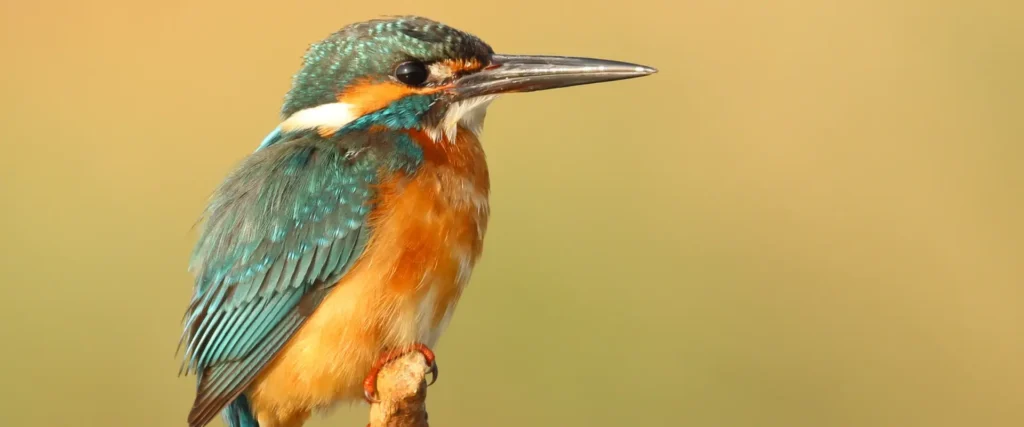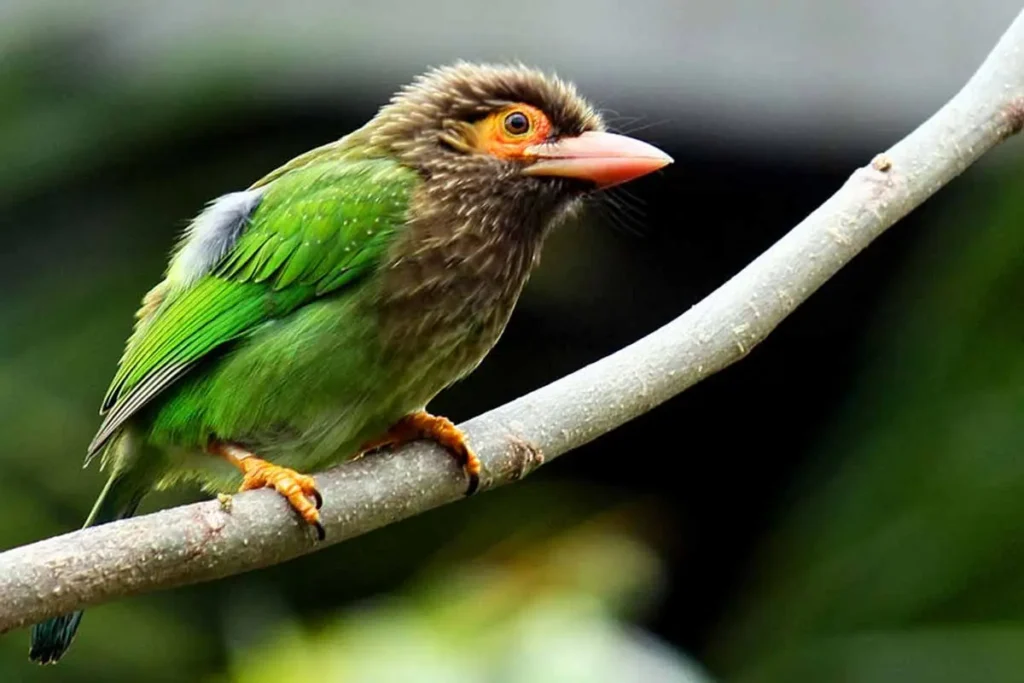Wildlife experts cite human encroachment, habitat disruption, and reduced forest cover as major reasons behind this decline in Karnala Bird Sanctuary. Moreover, the noise and movement from growing tourism in the area might also be contributing to this reduced wildlife presence.
Panvel: Once a hotspot for wildlife sightings near Mumbai, the Karnala Bird Sanctuary in Panvel is witnessing a noticeable decline in wild animal appearances. Sightings of animals like leopards, deer, and wild boars have become rare in recent times. However, bird activity in the sanctuary continues to thrive, maintaining its reputation as a birdwatcher’s paradise.

Karnala Sanctuary, located in Panvel Taluka, is a famous place known for tourism and wildlife habitat. Every year, on the occasion of Buddha Jayanti, a count of wild animals is conducted. Since it is the longest night of the year, this count is done annually on Buddha Jayanti. This year too, from May 12 to May 23, with the help of some organizations, the Karnala Sanctuary administration monitored the animals 24 hours a day and installed track cameras at the waterholes to conduct this count. This year, the staff were recording the movements of animals and birds.
Except for certain specific animals, the survey revealed that the number of birds in Karnala Sanctuary has increased, and the sanctuary was bustling with activity. At the three waterholes, 15 staff members — including nine from the Karnala Sanctuary forest division and six from various organizations — were recording the movements of animals and birds. The survey was conducted by three teams who built watchtowers at the three waterholes and noted the presence of various animals and birds.
According to forest department data and local wildlife experts, only birdlife remains consistently active in the area, while mammals are increasingly harder to spot. The latest wildlife census reveals that only 15 carnivorous animals and bird species were recorded during the recent survey.
Fading Footprints of Wild Animals
The Karnala sanctuary, once teeming with a variety of wildlife, is now struggling to maintain its biodiversity. Animals like the Indian leopard, barking deer, wild boars, civets, and other species that were once commonly seen are now either migrating to other areas or have drastically reduced in number due to various environmental and human factors.
Wildlife experts cite human encroachment, habitat disruption, and reduced forest cover as major reasons behind this decline. Moreover, the noise and movement from growing tourism in the area might also be contributing to this reduced wildlife presence.
Birds Still Abound
Despite the drop in mammal activity, bird sightings remain strong. Ornithologists and nature lovers continue to flock to Karnala for glimpses of vibrant species such as the Kingfisher, Tailorbird, Bulbul, and various types of drongos.

Pic Credit: Karnala Bird Sanctuary
During the latest survey, birds were spotted at several locations within the sanctuary, maintaining the region’s status as a prominent bird habitat.
Narayan Rathod, a local forest officer, stated to Lokmat Newspaper, “Karnala was once known for both birds and animals. But today, only birds seem to be thriving. We recorded just 15 carnivorous species in our latest count.” He added that urgent steps are needed to preserve animal habitats and curb human interference to restore Karnala’s wildlife diversity.
The recent survey listed the following sightings:
Barking deer, wild boars, and monkeys were observed in a few parts.
Birds like peacocks, hornbills, bulbuls, drongos, and kingfishers were more frequently seen.
Mammals like civet cats and jungle cats were rarely spotted, and leopards were almost absent.
